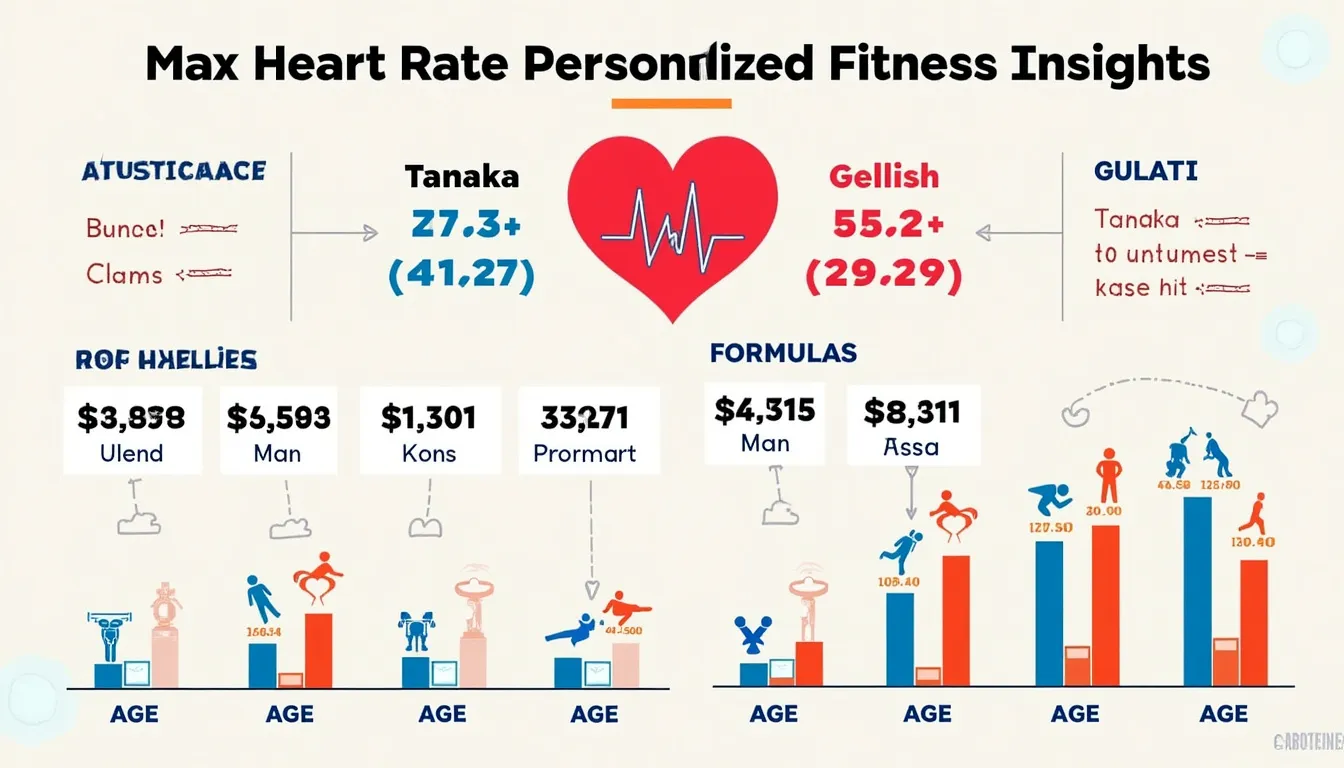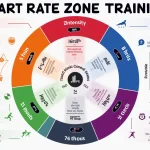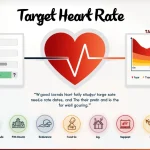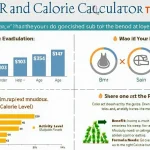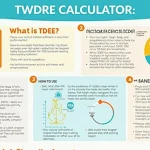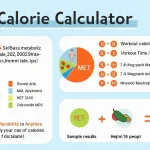Is this tool helpful?
How to use the tool
- Enter your age. Any whole number from 5 to 120 works. Example inputs: 35 or 60.
- Pick your gender (optional). Select Female to unlock the Gulati formula; choose Male or Prefer not to say otherwise.
- Select a formula.
- Traditional (220 – Age)
- Tanaka (208 – 0.7 × Age)
- Gellish (207 – 0.7 × Age)
- Gulati (206 – 0.88 × Age, women only)
- All Formulas (compares every option that applies)
- Submit. The calculator returns each chosen formula rounded to the nearest beat per minute (bpm) and, if several, a comparison chart.
- Apply your number. Use 60-85 % of HRmax for most endurance or fat-burning sessions (ACSM, 2022).
Formulas & verified examples
All calculations round to the nearest whole bpm.
- Traditional: $$\text{HR}_{max}=220-\text{Age}$$
- Tanaka: $$\text{HR}_{max}=208-0.7\,\text{Age}$$
- Gellish: $$\text{HR}_{max}=207-0.7\,\text{Age}$$
- Gulati (women): $$\text{HR}_{max}=206-0.88\,\text{Age}$$
- Age 35, Female: Traditional 185 bpm; Tanaka 184 bpm; Gellish 183 bpm; Gulati 175 bpm.
- Age 60, Male: Traditional 160 bpm; Tanaka 166 bpm; Gellish 165 bpm.
Quick-Facts
- Normal adult HRmax declines ≈ 0.7 bpm per year (Tanaka et al., 2001).
- The Gulati formula lowers female estimates by ≈ 7 bpm vs. traditional (Gulati et al., 2010).
- ACSM suggests 64-94 % HRmax for cardio fitness training (ACSM, 2022).
- WHO calls for 150-300 min weekly moderate activity—easily tracked with HR zones (WHO, 2020).
FAQ
What is maximum heart rate?
Your HRmax is the greatest number of beats your heart can achieve in one minute during all-out effort (ACSM, 2022).
How accurate are age-based equations?
Tanaka’s equation has a ±7 bpm standard error, outperforming the 220 – age rule for adults 18-70 years (Tanaka et al., 2001).
Why choose the Gulati formula?
Gulati lowers female HRmax estimates, reflecting sex-specific cardiac responses observed in 5 437 women (Gulati et al., 2010).
How often should you update HRmax?
Recalculate yearly or after major fitness changes to keep target zones relevant (ACSM, 2022).
Is it safe to train at 100 % HRmax?
Limit full-out efforts to brief intervals; sustained work stays under 90 % HRmax to reduce cardiac strain (ACSM, 2022).
What zones aid fat loss?
Exercise at 70-80 % HRmax—“fat-max” intensity—burns the highest fat fraction (Achten & Jeukendrup, 2004).
Can medication alter HRmax?
Beta-blockers can lower HRmax by 20-30 bpm; adjust zones accordingly (Mayo Clinic, 2023).
Do children use the same formulas?
Pediatric HRmax varies; use lab tests or child-specific charts, not adult equations (American Academy of Pediatrics, 2018).
Important Disclaimer
The calculations, results, and content provided by our tools are not guaranteed to be accurate, complete, or reliable. Users are responsible for verifying and interpreting the results. Our content and tools may contain errors, biases, or inconsistencies. Do not enter personal data, sensitive information, or personally identifiable information in our web forms or tools. Such data entry violates our terms of service and may result in unauthorized disclosure to third parties. We reserve the right to save inputs and outputs from our tools for the purposes of error debugging, bias identification, and performance improvement. External companies providing AI models used in our tools may also save and process data in accordance with their own policies. By using our tools, you consent to this data collection and processing. We reserve the right to limit the usage of our tools based on current usability factors.
